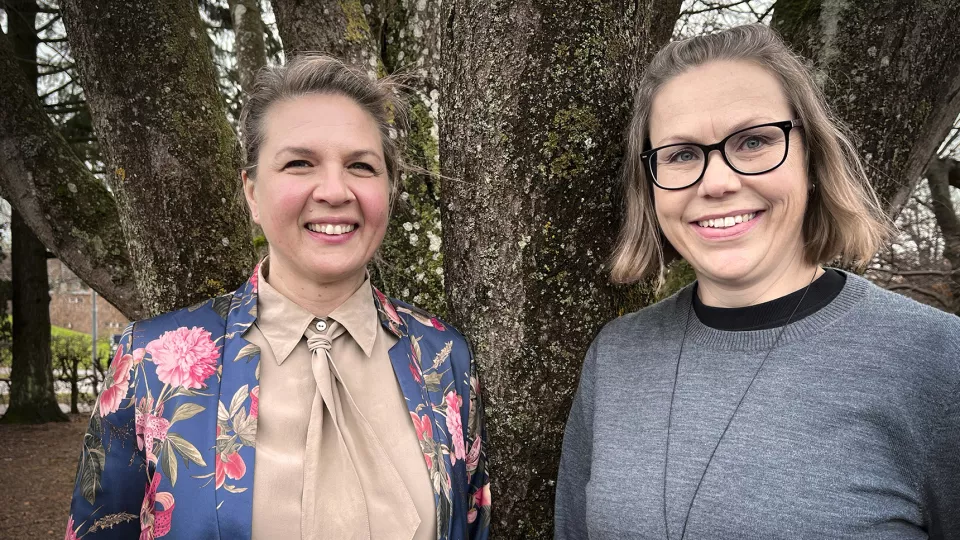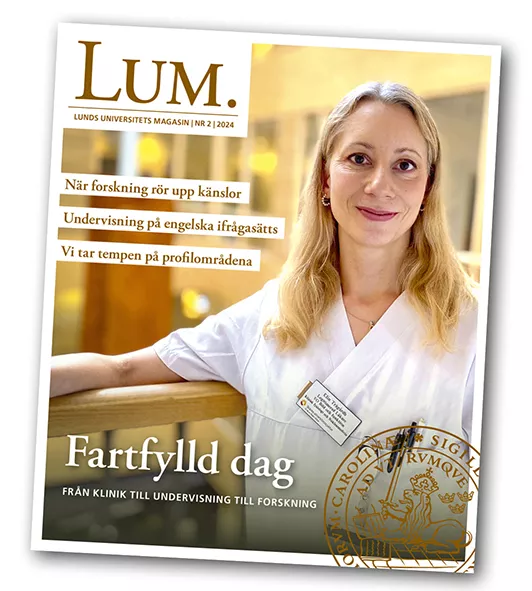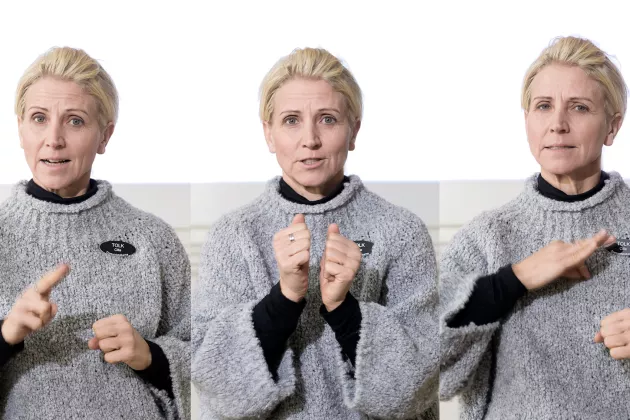Lund University is not unique in experiencing an increase in the number of students requiring different types of support. The same trend has been evident across the country over the past decade. Why this is, is not easy to pinpoint, says Kia Olsson.
“There are probably several factors at play. For example, society investigates and diagnoses in a different way today, and there is a greater awareness of invisible impairments. There is a clear political desire for more people to obtain higher education and we have a remit to widen participation.”
Support according to needs
Kia Olsson and her team work closely with students who have a long-standing physical or mental impairment.
“We act fully in accordance with the assessments of doctors, speech therapists and psychologists and the documentation students are able to provide. It is increasingly common to have two diagnoses, such as ADHD and dyslexia, and we work with the student to identify the primary causes for any challenges they experience when studying.”
Students are then offered support according to their needs. This can take the form of note-taking support, sign-language interpretation, talking books, mentoring, exam support or tutoring in study techniques. Much of the practical support is also provided by the libraries and study advisors at the various departments.
A lack of time
Ann-Catrin Johansson works at the Unit for Educational Services as system administrator for the learning platform Canvas. Teaching staff and other staff can turn to them for support and tips on how to deliver inclusive teaching, both on campus and digitally.
“Accessibility is a sensitive word. We have a large body of teaching staff who want to do the right thing, but who feel they lack the time. It is also difficult to know how to do it the right way. If a person arrives with a wheelchair, it may be obvious, but it is much more difficult with invisible disabilities,” she says.
the structure is important
Since 2018, all Swedish public authorities have been covered by the Act on Accessibility to Digital Public Services. This means that all educational material published digitally must be adapted to make it accessible. Ann-Catrin Johansson points out that relatively small measures can go a long way towards making things easier for students. It could be as simple as reflecting before naming a document or considering how to organise the structure of a course when putting it into the learning platform.
“For today’s students, a course consists of both campus teaching and the digital learning environment, which together form a whole. It is therefore important for students that the content placed on the learning platform has a clear structure that is easy to decode.”
More to do every year
The large increase in students who need learning support has led to new challenges for Lund University.
“My staff have more to do every year. This is apparent across the organisation, for example among teaching staff, study advisors and study administrators. There are new and more issues to work on. We collaborate closely and maintain a constant dialogue with the faculties, which works very well,” says Kia Olsson.
Able and willing to take action
There are no statistics available to evaluate the effectiveness of learning support measures as it is not possible to see how well these students are performing in their studies. The aim is that no student should have to cut short their studies because of an impairment. An inclusive learning environment is essential.
“We need to re-evaluate how we see students. Their functional impairments could even be seen as positive and enriching. A colleague once said that it is precisely these students that people want to employ. They have struggled all their lives and worked hard in their studies. It shows that they have the ability and willingness to take action,” says Ann-Catrin Johansson.




